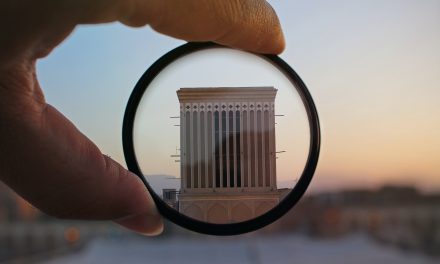The next step in shooting aerial videos is to secure your camera with the ND filter in place. Then, change the exposure setting to manual and select the shutter speed and frame rate that you want. Once these settings are set, proceed to the pre-flight checklist, and capture the footage. If you find the footage is over or underexposed, you can switch to a lighter filter.
ND filters are useful in both dimly lit and brightly lit situations
ND filters can be useful in bright and dimly lit situations, and the higher the ND filter number, the more light it will block. ND filters are also helpful in reducing glare, which can be especially problematic in bright situations. For this reason, they are useful for both bright and dimly lit situations on a drone.
ND filters can enhance the quality of your photos and videos taken with a drone, and they can be a lot of fun to use. In fact, some people even permanently attach them to their camera for better quality shots and videos.
Professional photographers often bring a variety of camera accessories to a shoot. They know that different conditions and subjects will require different camera setups. While drones do not come with the same range of customizable options, ND filters can help a drone adapt to challenging lighting conditions.
A standard ND filter is a dark piece of glass that reduces the amount of light passing through it. Camera lenses receive ND filters, which are differentiated by the number of’stops’ they provide. Different models of ND lenses have different f-stops. Generally, the higher the f-stop, the less light passes through.
ND filters reduce the amount of light entering the camera lens, preventing overexposure. An ND16 filter cuts the amount of light by 1/16, which is equivalent to four stops. This can slow down shutter speeds from 1/400s to 1/25s. The ND16 filter on a Phantom 4 Pro reduces the amount of light entering the camera lens, allowing for a longer exposure time of one second.
They increase shutter speed
Many drones come with ND filters that allow the shutter speed to be increased. This allows the videographer to create smoother, more cinematic footage. Without the filter, the footage will be overexposed, creating stiff, boring shots. Using an ND filter will create unique photographic effects, including motion blur.
To use an ND filter with a drone, you first need to secure the filter to the camera. Then, select the shutter speed and frame rate you’d like to shoot. Once you’ve done that, follow your drone’s pre-flight checklist. After capturing your footage, swap the filter for a lighter one if the footage looks too dark.
ND filters are lightweight and provide neutral destiny and polarisation filter quality. Most basic filters come in packs of four for less than $100. Each filter contains a different density of light, which will determine the brightness of the final footage. ND filters are typically rated in terms of intensity, from ND4 for low-light conditions to ND32 for bright, sunny locations.
ND filters are useful for long-exposure shots, such as sunsets. To make these shots look more natural, you can use ND filters to increase shutter speed and get more stable shots. ND filters are also a useful accessory to use when you want to shoot videos with long shutter speeds.
ND filters work by decreasing the amount of light entering the lens. Adding another ND stop will double your shutter speed. This will give you more creative exposure options. But you should be sure to follow the manufacturer’s instructions when adjusting the shutter speed. The recommended shutter speed is usually four times faster than the minimum shutter speed.
While you may want to adjust the shutter speed based on the conditions, it is also helpful to know what the best shutter speed is for different situations. Most drone videographers agree that 1/50th of a second is the optimal shutter speed. This will allow you to capture better details in bright light and reduce motion blur.
ND filters are an essential accessory for drone photography. They can be fun to play with and will increase the quality of your drone pictures and videos. In fact, some drone photographers even permanently attach their filters to their drone cameras.
They cause vignette effects
Whether you’re a professional drone photographer or a beginner, there are some key techniques that will make your video more cinematic. One of the best techniques is to use ND filters. These are a special type of camera filter that adds vignette effects to your footage. These filters are made to provide maximum detail and maintain quality while protecting your drone’s camera. ND filters can also improve the rendering of your video and prevent overexposure, especially in bright environments.








